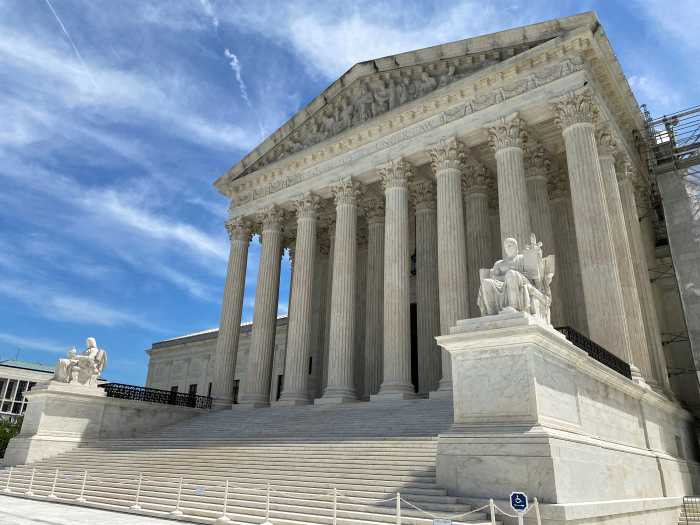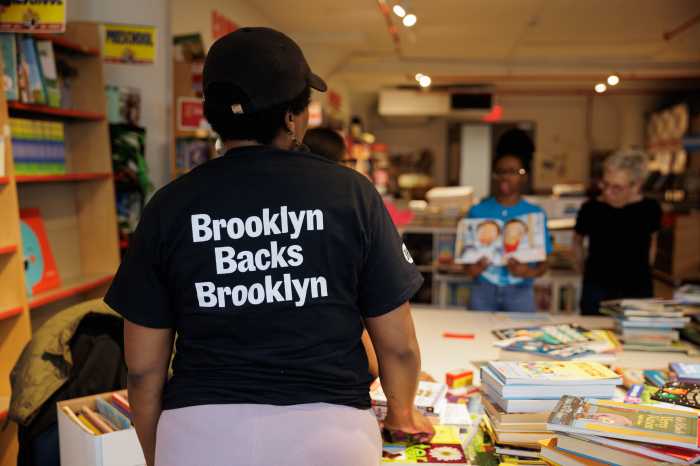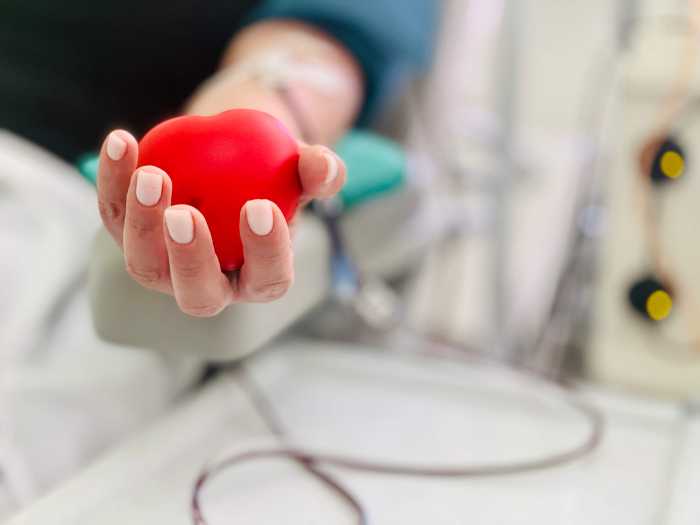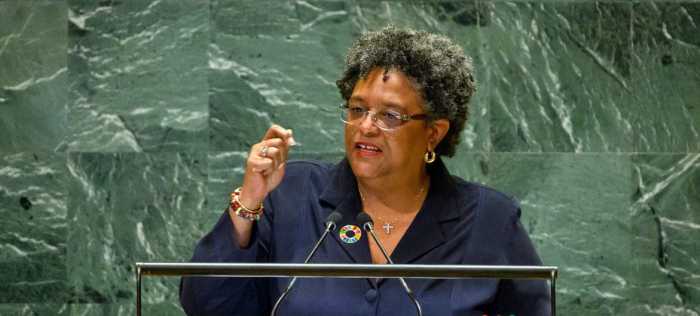While New York City saw historically low numbers of new HIV diagnoses in 2022, the city health department’s estimate of new HIV infections in 2022 saw a small increase among men who have sex with men and a continuing struggle with bringing the most effective HIV prevention methods to Black and Latino gay and bisexual men.
“Our 2022 data reflect both ongoing progress toward ending the HIV epidemic in New York City and the work that remains to be done,” said Dr. Sarah Braunstein, assistant commissioner for the city health department’s Bureau of Hepatitis, HIV, and Sexually Transmitted Infections, in a statement that was issued with the agency’s 2022 HIV Surveillance Annual Report. “We must work together with our dedicated provider and community partners to ensure that all communities affected by HIV have access to the services and care they need.”
In 2022, 1,624 New Yorkers were newly diagnosed with HIV, which was a decline in new HIV diagnoses of 2% over the new HIV diagnoses reported in 2021. The infections that led to these HIV diagnoses could have occurred in 2022 or an earlier year. The health department described the difference between the two years as a “relatively stable number” that can be attributed to some portion of the 2022 diagnoses resulting from infections occurring during the COVID 19 outbreak when access to HIV testing was limited and so they were not found.
Health agencies across the country estimate new HIV infections by measuring the number of CD4 blood cells, a type of immune cell that is attacked by HIV, in samples of newly diagnosed people. According to that estimate, there were 1,178 estimated new HIV infections in 2021 and 1,241 such infections in 2022. The estimated number of new HIV infections in 2018 was 1,536 and there was a steady decline through 2021 with 1,328 estimated new HIV infections in 2020.
The health department wrote that “Estimated HIV incidence overall…declined in NYC between 2018 and 2020 but remained stable between 2020 and 2022. The estimated incidence among MSM declined the most over the time period but remains higher than other transmission categories.”
The estimated new HIV infections by transmission category shows that new infections remain far higher among men who have sex with 1,049 such infections in 2018 declining to just over 800 in 2021 and then increasing to 874 in 2022. The incident infections among straight women and men and injecting drug users were all declining and below 300 a year from 2018 through 2022. There was a small increase in incident HIV infections among straight women between 2021 and 2022.
Insofar as the new HIV diagnoses are a surrogate for new HIV infections, it would appear that the new infections are occurring largely among Black and Latino men who are between 20 and 49 years old. Among the 1,624 new diagnoses in 2022, 1,280, or 79%, were among men and 289, or 18%, were among women. There were 52 new HIV diagnoses among transgender women, and three new HIV diagnoses among transgender men.
Black New Yorkers accounted for 695, or 43%, of the new HIV diagnoses and Latino New Yorkers accounted for 651, or 40%, of those diagnoses. There were 196, or 12%, new HIV diagnoses among white people and 64 among Asian/Pacific Islander individuals.
There were 530 new HIV diagnoses among 20 to 29 year olds, 540 new HIV diagnoses among 30 to 39 year olds, and 242 such diagnoses among 40 to 49 year olds. Those three groups accounted for 80% of the new HIV diagnoses in 2022. The health department wrote “Of all men newly diagnosed with HIV in 2022, 62% were men who have sex with men, a significant majority (82%) of whom were Black or Latino.”
The differences between HIV infections and diagnoses among Black gay and bisexual men and among white men are longstanding disparities. Gay City News has been reporting on that disparity since the mid-90s. More recently, Latino gay and bisexual men have also been left behind as preventions tools that use anti-HIV drugs to keep uninfected people from becoming infected with HIV have been used by white gay men. Pre-exposure prophylaxis (PrEP) and post-exposure prophylaxis (PEP), which are highly effective when used correctly, have contributed to the sizable declines in new HIV diagnoses and infections among white gay men. Those men were early adopters of PrEP and they continue to use that anti-HIV regimen.
In 2014, both Bill de Blasio, then the mayor of New York City, and Andrew Cuomo, then New York’s governor, endorsed the Plan to End AIDS, which was an ambitious effort to reduce the number of new HIV infections in the state to 750 by 2020. The city had to reduce new HIV infections to 600 by 2020 to achieve that goal. It was the failure to address new HIV infections among Black and Latino gay and bisexual that stymied that plan.
In a 2017 interview with Gay City News, Dr. Demetre Daskalakis, then the city health department’s deputy commissioner for disease control, said “You lost the game” when asked about the plan’s goal if new HIV infections were not reduced among Black and Latino gay and bisexual men.
The plan continues to be successful in getting people who are HIV positive into treatment with anti-HIV drugs that both keep them healthy and suppresses HIV in their bodies to the point that they cannot infect others. It has also been effective in delivering services, such as housing, food, and transportation, that make staying those anti-HIV drugs easier.



































